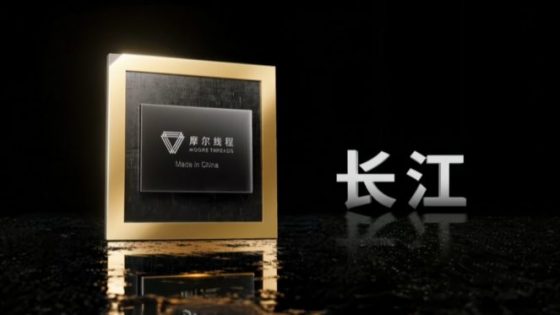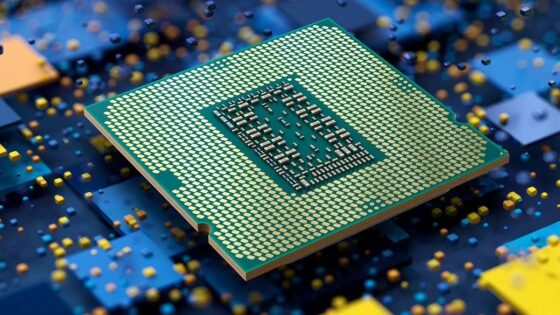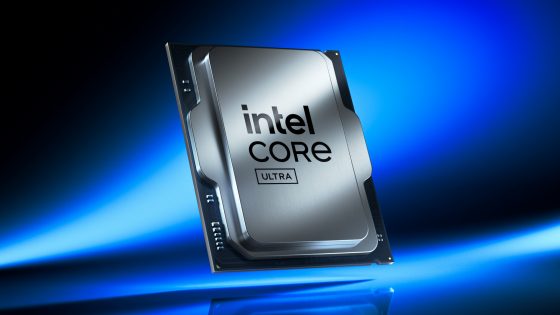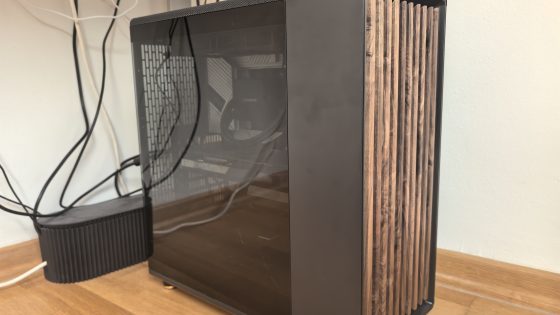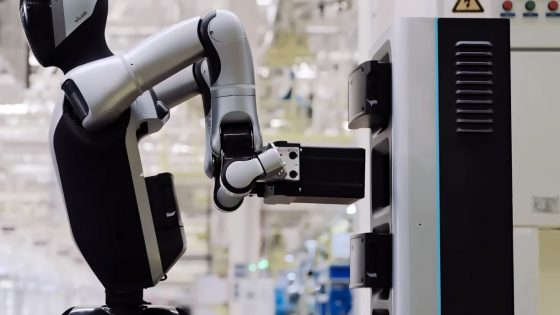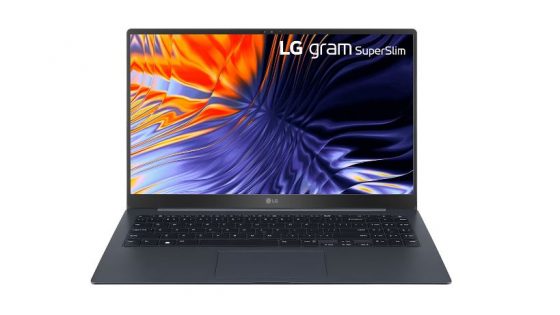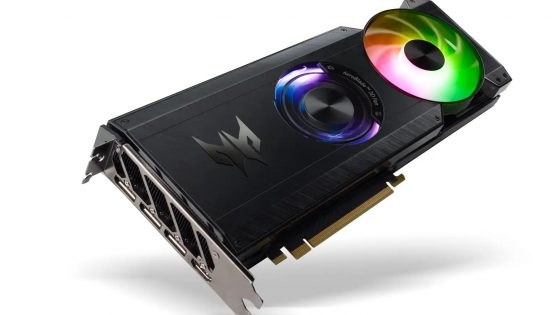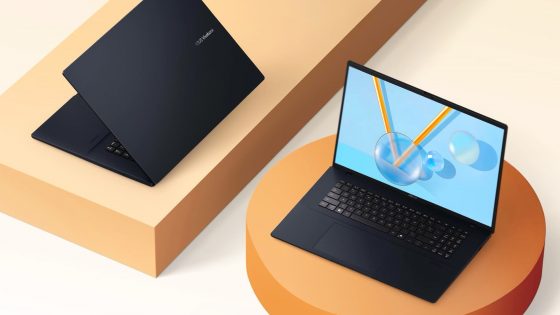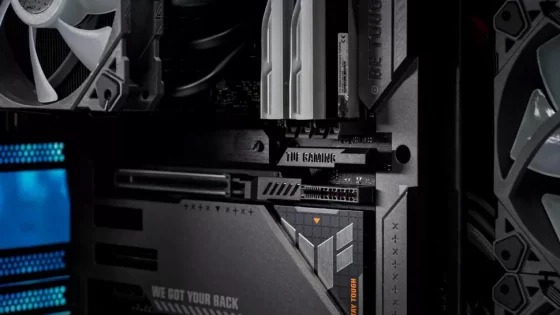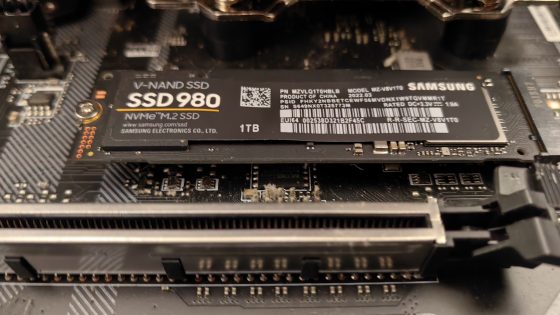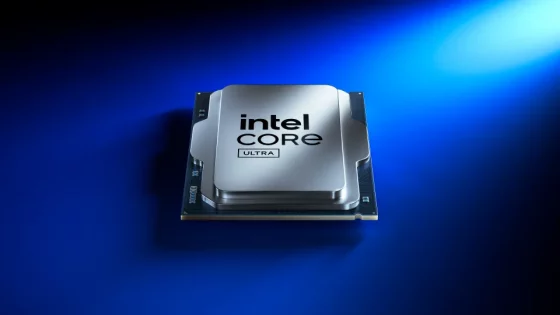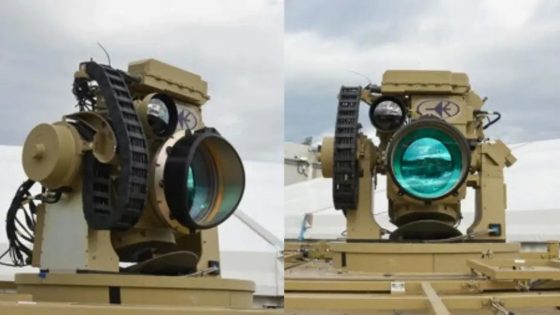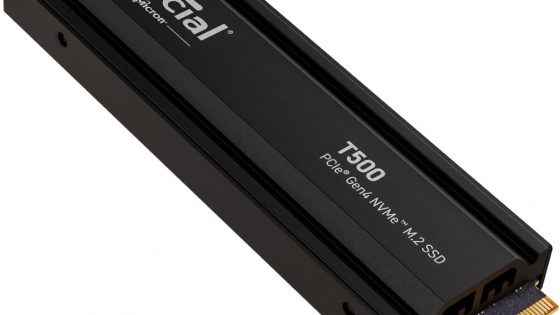Intel will use glass to improve processors
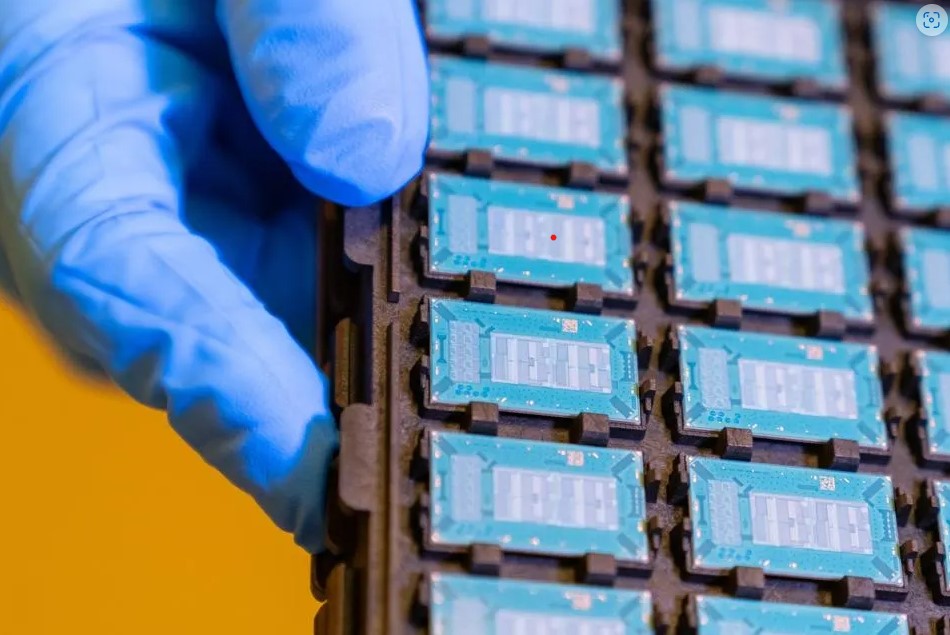
Intel recently revealed more details about its revolutionary glass substrate technology, which promises a new way to build processors and promises many advantages over the standard organic substrate design that has been around for decades.
The substrate glass core at the heart of the processor uses refined glass instead of a traditional core. The company already has working prototypes taking advantage of the new technology, which affects almost every part of the processor.
First, there is the higher temperature tolerance, which potentially allows for higher frequencies due to 50 % less sample deformation. On the other hand, internal components will allow for better power supply while achieving high-speed signaling, which should increase performance at low power consumption. Intel has carefully chosen the date for the unveiling of the new technology, as it only increased the impatience of users who are preparing for the release of the 14th generation processors (Raptor Lake) next month.
The number of transistors will also increase. More of them will be able to be squeezed into a smaller space, which will enable a more complex design of integrated circuits. The glass bases/substrates have an ultra-low flatness that improves the depth of focus for lithography, the process that prints or assembles the processor core. This is extremely important because the number of transistors directly affects performance.


Babak Sabi, senior vice president and general manager of assembly and test development at Intel, said: “After a decade of research, Intel is a leader in glass substrates/substrates for advanced manufacturing. We look forward to delivering these cutting-edge technologies that will benefit our key players and customers for decades to come.”
Similarly, connections between components will experience up to a tenfold increase in density, allowing for higher communication speed and greater bandwidth between different parts of the processor core. Glass substrates will further increase these speeds thanks to the seamless integration of optical connections.
In general, the new technology will continue Moore's Law, which predicts that the number of transistors on processors doubles every two years. This number has declined in recent years as smaller production processes and higher transistor counts have become more difficult to achieve, and manufacturers have turned to multi-core processors and 3D stacking techniques to increase transistor counts.
Glass substrates could offer other ways to increase the number of transistors and consequently performance, the technology can be used for any processor while reducing power requirements. In addition to the performance and power benefits, Intel says yields should increase as well. Unfortunately, the technology likely won't be available to users until the second half of this decade.



